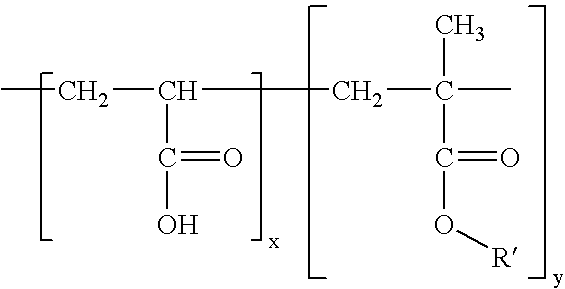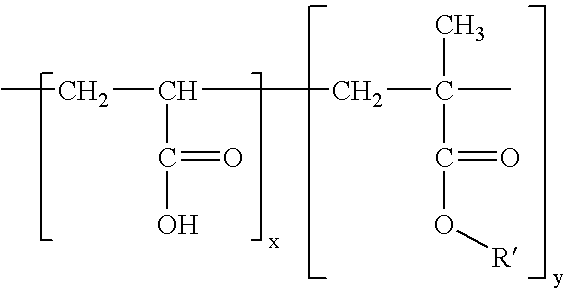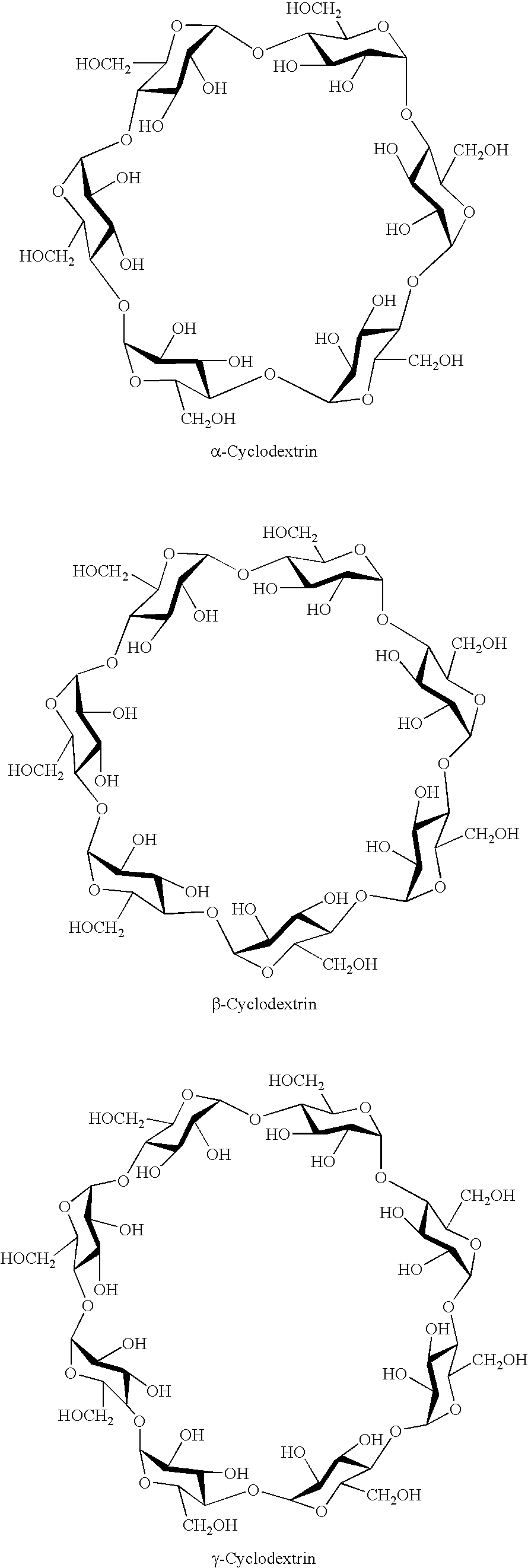In order to protect against the rays of the UVA region, therefore, certain derivatives of
dibenzoylmethane are used, whose photostability (Int. J. Cosm. Science 10, 53 (1988)) is inadequate.
In the meantime, however, numerous studies have demonstrated that UV-A
radiation is far more dangerous than UV-B
radiation with regard to the triggering of photodynamic reactions, especially phototoxic reactions, and chronic changes to the
skin.
Thus it has emerged that UV-A
radiation leads to damage to the elastic and collagenic fibers of the
connective tissue, causing the skin to age prematurely.
Moreover, the damaging effect of UV-B radiation can be further intensified by UV-A radiation.
Undefined free-radical photo products as well, formed in the skin itself, may manifest uncontrolled secondary reactions, owing to their high reactivity.
There is therefore a risk of ionic species forming under UV
exposure, these species then having the capacity to intervene, themselves, oxidatively in the biochemical processes.
The use of
vitamin E, a substance having a known antioxidative effect in
sun protection formulations, has already been proposed, but the effect achieved here also remains a long way behind the hoped-for effect.
It is nevertheless known that in human and
animal skin, as well, unwanted oxidation processes may occur.
As well as the effects of UV rays, which have already been described, a secondary reaction of the skin results, further, in reduced production of sebum and in the skin
drying out.
Menthol,
camphor and derivatives thereof, and also other essential oils, lower the sensitivity threshold of the neuronal cold receptors and so bring about a
sensation of coldness.
The use of these substances, particularly on irritated skin, is in any case problematical.
Furthermore, many of these compounds have a poor water-
solubility.
Their use is consequently limited to a few
cosmetics and dermatological products.
This skin
sensation is also referred to within the
cosmetics art as “squeaky feeling”, and is extremely unpopular among consumers both male and female.
The areas of the skin affected by shaving may, however, be not only irritated by the shaving auxiliaries; the
mechanical irritation caused by shaving per se constitutes a burden on the skin, and may result in an unpleasant skin
sensation, referred to as “shaving burn”.
One
disadvantage of the make-ups is therefore the time-consuming process of their application.
A further
disadvantage is that they strongly
stain textiles such as shirt collars or blouses.
Furthermore, the various dyes may have different allergenic potential and may even have an irritant effect on the skin.
A particular disadvantage of tanning with
dihydroxyacetone is that, unlike “sun-tanned” skin, the skin tanned with DHA is not protected from
sunburn.
In practice, use is made essentially of products based on
hydroquinone, although on the one hand these products only exhibit their effect after a number of weeks of application and, on the other hand, their application for an excessively long time is objectionable on toxicological grounds.
The process of
pigment formation can only proceed if sufficient
tyrosinase is available.
This then results, gradually, in gray hair.
This process is generally insidious.
The red shade which arises as a result of henna is a disadvantage.
Although intense colorations with good fastness properties can be achieved with oxidation dyes, the development of the color takes place generally under the influence of oxidizing agents such as H2O2, for example, which in certain cases can result in damage to the
fiber.
Direct dyes are applied under relatively gentle conditions, but their disadvantage is that the colorations frequently have only inadequate fastness properties.
However, even in the case of non-
pathological deviations from the
normal state, as a result, for example, of environmentally induced wear damage or
irritation, photodamage, aging skin, and so on, the protective mechanism at the skin's surface is impaired.
Barrier damage is the result.
The skin becomes susceptible to adverse environmental influences such as the invasion of microorganisms, toxins, and allergens.
As a consequence, toxic or allergic skin reactions may even occur.
Epidermal intercellular lipids become defective or are formed in inadequate amounts or compositions.
The consequence is an increased permeability of the
horny layer and inadequate protection of the skin against loss of hygroscopic substances and water.
Anionic surfactants, which are generally constituents of cleansing preparations, are able lastingly to increase the pH in the
horny layer, which severely hinders regenerative processes that serve to restore and renew the
barrier function of the skin.
In this case, a new, frequently very adverse state of equilibrium is established in the
horny layer between regeneration and the loss of essential substances as a result of regular extraction; this equilibrium state has a decisive
adverse effect on the external appearance of the skin and on the physiological functioning of the horny layer.
If this function is disrupted, there may be increased absorption of toxic or allergenic substances or
infestation by microorganisms and, as a consequence, toxic or allergic skin reactions.
A disadvantage of the cataplasms described is that the production of the base matrices requires many different individual components such as gel formers, thickeners, plasticizers, humectants, stabilizers, emulsifiers, pH regulators, antioxidants, etc., and possibly also solubilizers and penetration enhancers in the case of active substance cataplasms.
Since the
adhesive performance and consistency of such a matrix is a function of the interaction of all of the individual components, targeted product development / optimization with regard to these fundamental product requirements is, correspondingly, time-consuming and arduous.
Such systems have an adequate
bond strength, especially to
moist skin (buccal patches), but because of inadequate cohesiveness cannot be removed again completely when required.
The use of the mandatory aluminum compound as a cross-linking agent is limited, since otherwise the physical properties of the gel are impaired.
If the proportion of aluminum cross-
linker is too high the gel becomes too hard.
A further problem associated with the cross-linking of
polyacrylic acid to form a self-adhesive matrix or gel is that a matrix once produced, having defined physical properties,
viscosity, tack, etc., must have the same defined properties in a later production operation.
This reproducibility is difficult if not impossible to realize with the cross-linking technologies that are presently known.
A further problem apparent in connection with cosmetic skin treatment is that unwanted skin phenomena cannot be given optimum treatment by the topical application of active substances in the form of
emulsion formulations and the like.
Particularly in the case of skin phenomena which are relatively difficult to treat, such as wrinkles, loss of
skin elasticity, and age spots, and also irritative skin phenomena such as
sunburn and shaving burn, etc., there is a lack of a cosmetic application
system which offers intensive provision of the active substance in conjunction with beneficial effects on the skin in order to influence the skin condition positively.
 Login to View More
Login to View More 


